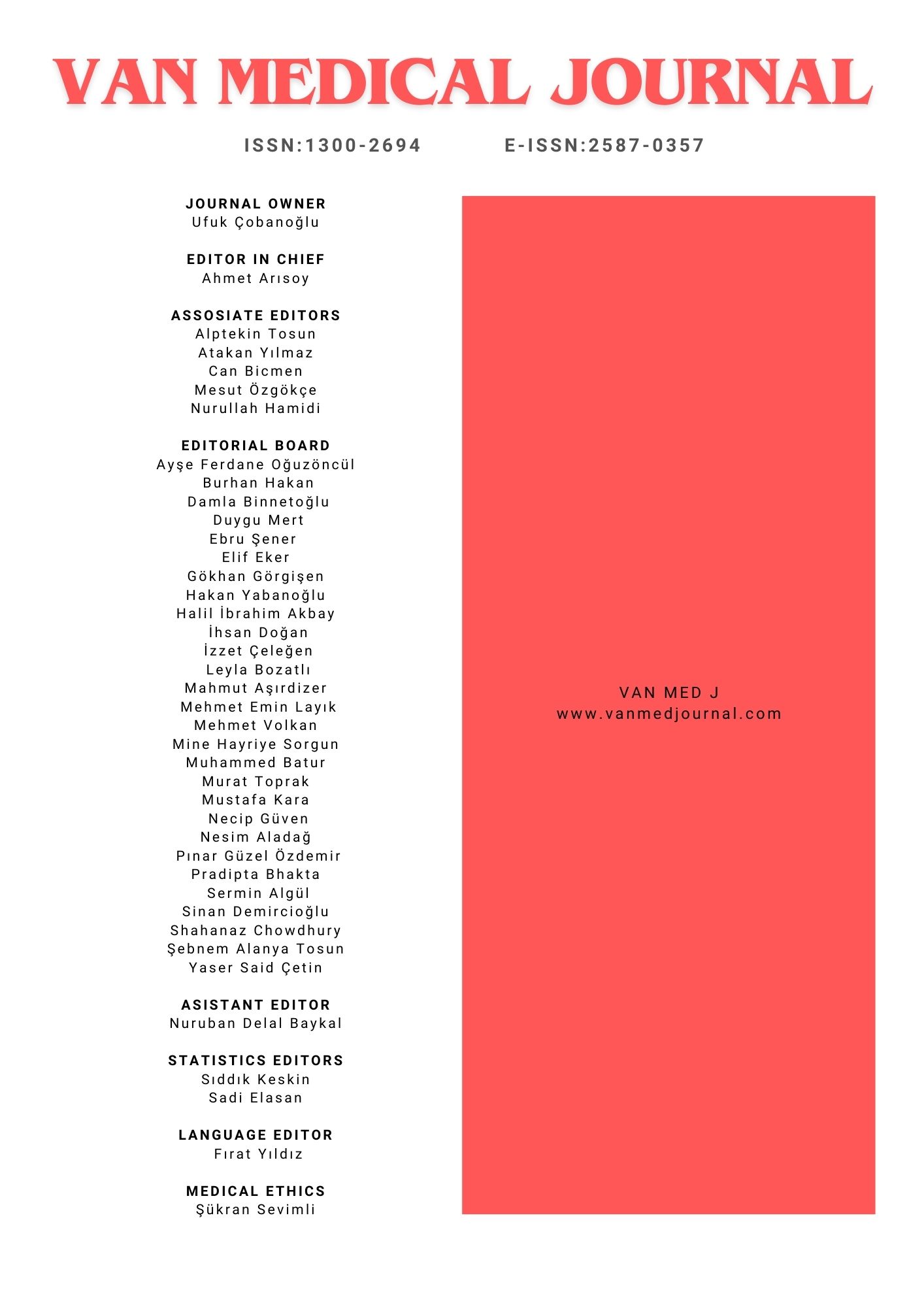The Relationship Between Resolvin-D1 Level and Vasospasm in Cerebrospinal Fluid in Patients with Aneurysmal Subarachnoid Hemorrhage
Abdulmutalip Karaaslanli1, Luay Şerifoğlu2, Ali Erhan Kayalar31Dr. Abdulmutalip KARAASLANLI2Dr. Luay ŞERİFOĞLU
3Dr.Ali Erhan KAYALAR
INTRODUCTION: This study explores the role of Resolvin D1 (RvD1) in neuroinflammation and vasospasm following aneurysmal subarachnoid hemorrhage (SAH). Vasospasm, a major determinant of morbidity and mortality in SAH patients, is linked to increased neuroinflammation and elevated inflammatory markers, such as C-reactive protein (CRP), which worsen clinical outcomes. RvD1 is hypothesized to protect neurons by reducing apoptosis and neuroinflammation. The study aims to assess changes in RvD1 levels in cerebrospinal fluid (CSF) after SAH and their relationship with vasospasm, inflammatory markers, and clinical parameters, including Glasgow Coma Scale (GCS) scores.
METHODS: The study included 39 patients with spontaneous aneurysmal SAH between 2021 and May 2023. RvD1 levels in CSF were measured on the 1st and 3rd days of bleeding and compared with clinical vasospasm, GCS, and CRP values.
RESULTS: RvD1 levels were significantly higher in patients with radiological vasospasm on the first day. Similarly, elevated RvD1 levels were observed in patients with clinical vasospasm on subsequent days. Serum CRP levels were also significantly higher in the early days of bleeding in the vasospasm group.
DISCUSSION AND CONCLUSION: The findings suggest that RvD1, known for its neuroprotective and anti-inflammatory effects, is elevated in patients with clinical vasospasm, highlighting the role of inflammation in vasospasm pathogenesis after SAH. RvD1 could be used as a potential biomarker for predicting clinical vasospasm.
Keywords: Aneurysmal subarachnoid hemorrhage, Resolvin D1, Neuroinflamation, Vasospasm, Antioxidant
Manuscript Language: English

